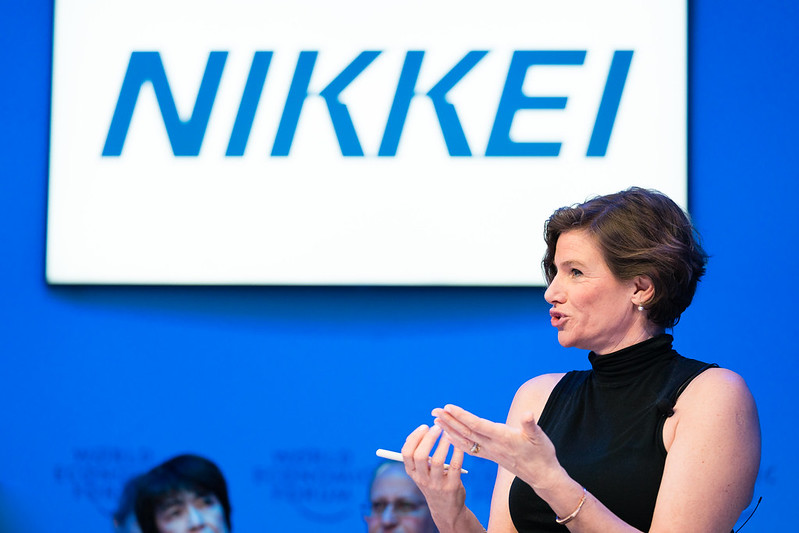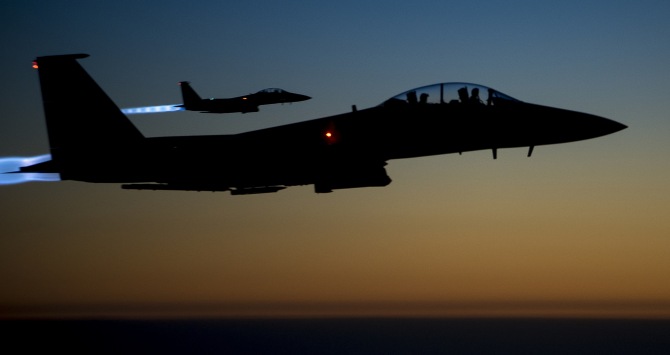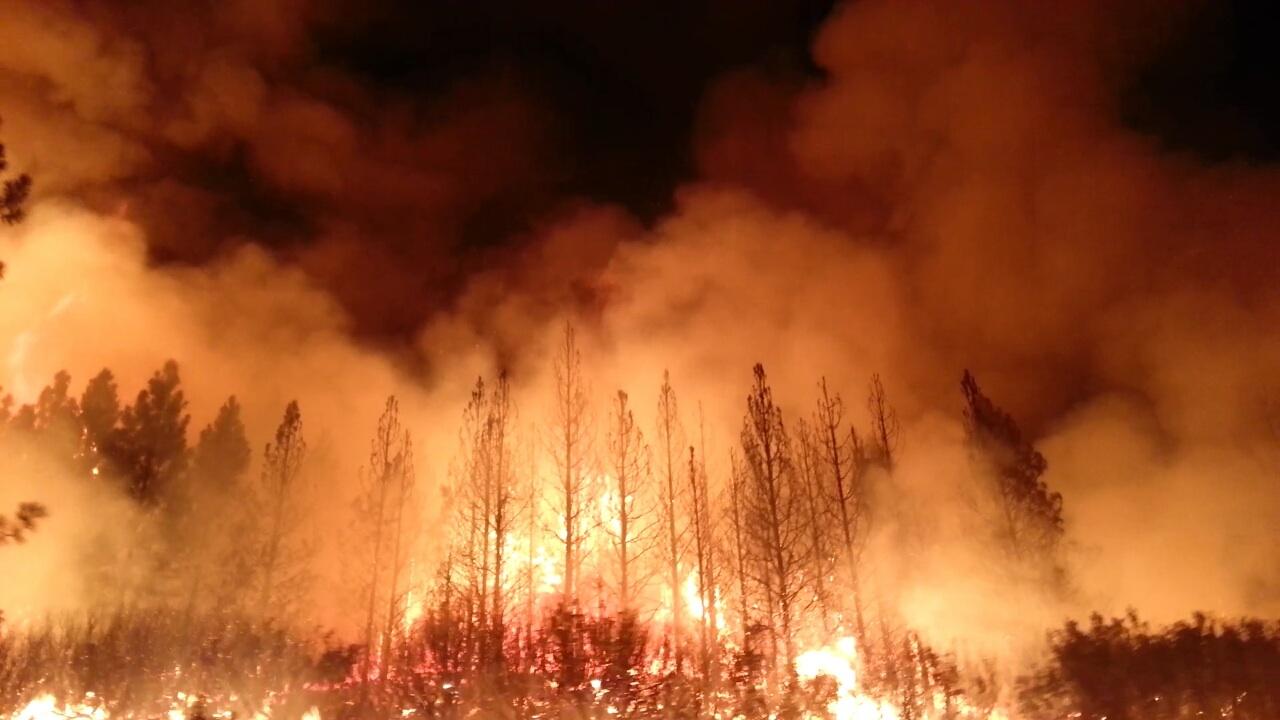Is the media’s visual representation of refugees helping or worsening their situation? Annabelle Wilmott, alumni from the MSc in International Development and Humanitarian Emergencies programme, summarises the findings from her detailed study on the UK media’s visual coverage of the Syrian refugee crisis.
When I first arrived in London to start my Master’s in International Development and Humanitarian Emergencies at the London School of Economics, the image of Alan Kurdi, a drowned three-year-old Syrian refugee boy, went viral. The photograph, first released on September 2nd, 2015, galvanized a global response. Within 24 hours, the hashtag #refugeeswelcome surged on social media, money poured into refugee-related charities, and thousands marched on the streets, calling on their leaders to accept more refugees.
I thought that maybe this picture would change things and make people care more about the refugee crisis. And, at first, it did. On September 3rd, 2015, Prime Minister David Cameron announced that the UK would accept 20,000 refugees by 2020. However, two months later, the Paris terrorist attacks provoked a backlash against refugees. In January 2016, only four months after the initial release of the shocking photographs, French magazine Charlie Hebdo published a cartoon suggesting that Alan Kurdi would have become a sexual molester who would prey on European nationals.
At the LSE, I chose to take the DV 445 module which offers International Development students the opportunity to work with an ID professor to prepare a paper. Under the supervision of the wonderful Stuart Gordon, I undertook a detailed study on the UK media’s visual coverage of the Syrian refugee crisis. In my research, I conducted a visual quantitative content analysis of all photographs of Syrian refugees published from September 2nd, 2015 to September 9th, 2015 across three UK online news websites: The Guardian, The Telegraph, and The Independent. In all, I analyzed 299 photographs.

One factor I looked at was whether refugees were portrayed as individuals, in small groups (2-3 people), medium groups (4-15 people), or large groups (16 + people). We can easily feel compassion for an individual, but when there are masses of victims, we tend to experience a “collapse of compassion.”[1] Of all the photographs in that time frame, only 13.38% depicted refugees as individuals, whereas 63.88% of images portrayed them in medium or large groups.
Photographs were framed in other ways to make refugees appear distant. Close up camera shots in which people look directly into the lens create a more intimate connection than long-distance shots which portray no eye contact or facial expression. However, the most common shot of refugees was the long shot (48.49%) in which refugees’ whole bodies were shown, compared to only 2.34% of images with close-up shots where only the face was shown. In 79.26% of the photographs, not even one person was looking at the camera.
Another significant finding was that when refugees were portrayed with non-refugees, they were most often portrayed with the police. This has the tendency to make refugees appear as security threats. Often, in such photographs, a police officer was presented in front, blocking us off from the refugees. This creates an “us vs. them” mentality as though we are being protected from dangerous outsiders. Further, men were more often portrayed than women. Large groups of men tend to portray a more threatening image than groups of women, especially when their main interaction is with the police.
Increasingly, we can see how Muslim refugees are becoming the scapegoats of our times. The media has not helped their cause. Newspapers end up “Otherizing” refugees and reinforcing negative stereotypes about them rather than providing an alternative narrative. Such representations justify regulating refugees into the “state of exception,” a state which is able to transcend the rule of law in the name of security. My study looked at photographs during a week in which people were extremely sympathetic to their plight, and yet, the portrayals of refugees were overall dehumanizing.
A year and a half after Alan’s tragic death, we’ve seen a rise of right-wing politics, as well as a reassertion of nativist and inward-looking policies. In the month before the UK referendum vote to leave the EU, immigration ranked as the top issue for voters. In the run up for president of the United States, Trump made a crackdown on immigration a cornerstone of his campaign, and within one week of taking office, signed an executive order banning Syrian refugees and immigrants from seven Muslim countries from entering the United States. While there are a number of factors that may have provoked this, the media plays an important role in people’s decision-making processes. If we are to encourage a more humanitarian response to the Syrian refugee crisis, we should also consider how we can transform the current visual narrative of refugees.
[1] Cameron, C. D., & Payne, B. K. (2011). Escaping affect: how motivated emotion regulation creates insensitivity to mass suffering. Journal of personality and social psychology, 100(1), 1.
Annabelle Wilmott recently graduated from the London School of Economics with an MSc in International Development and Humanitarian Emergencies. Her article, “The Politics of Photography: Visual Depictions of Syrian Refugees in UK Online Media,” is forthcoming in the academic journal, Visual Communication Quarterly.
The views expressed in this post are those of the author and in no way reflect those of the International Development LSE blog or the London School of Economics and Political Science.





